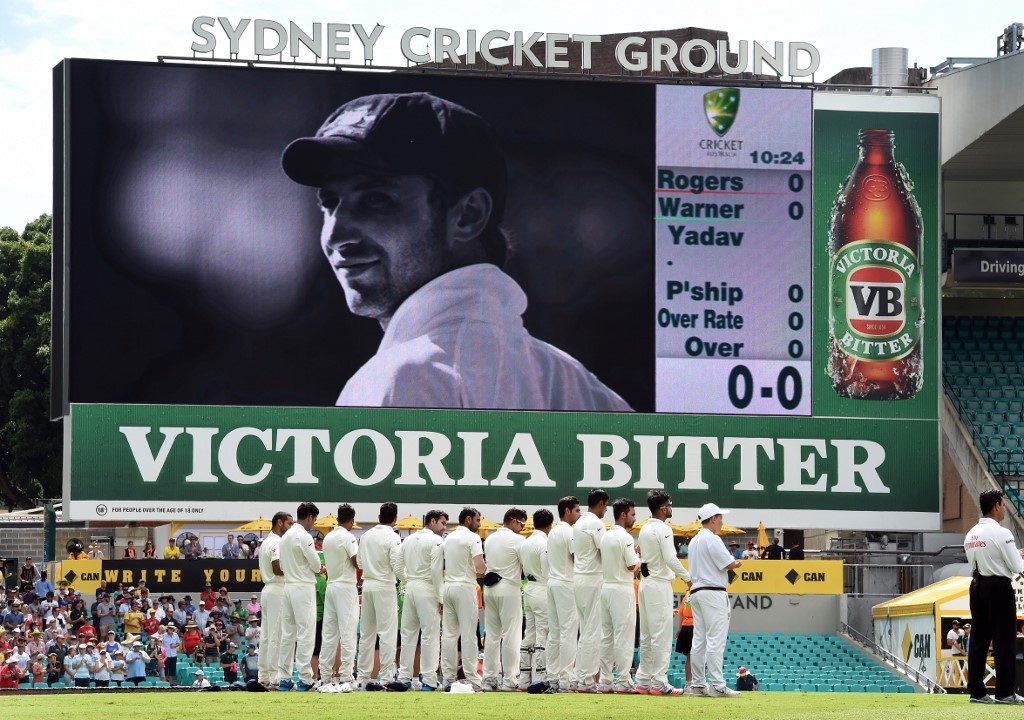Five years since Phil Hughes: How has cricket changed?

The cricket world was quiet on 25th November 2014. In one corner of the world, South Australia opted to bat first against New South Wales at Sydney in a first-class match. The score meandered to 136/3 in the second session with opener Phil Hughes batting on 63. Medium-pacer Sean Abbott ran in to deliver 3rd ball of the 49th over, it turned out to be the last of that match and Hughes’ life. The short ball struck Hughes below the brain. The groggy batsman fell face first in his posture. No one falls that way.
In an instant, everyone watching realised how fatal the blow was. Emergency response team rushed on the field and Hughes was taken away for the treatment. The match was called off. The opener battled with death in the hospital but it got to him in two days. On 27th November, Australia and Cricket lost one of their own.

India and Australia teams pay respect to the late Australian batsman Phil Hughes before play on the first day of the fourth cricket Test match between Australia and India at the Sydney Cricket Ground (SCG) on January 6, 2015.
Moving on
The immediate reactions poured in. Cricket fans all over the world mourned the death brought by the game they loved so much. The Test match between Pakistan and New Zealand was suspended by a day. The first Test between India and Australia was pushed forward. The Australian cricketers involved in the game were traumatised and took their time to return to normalcy. Abbott, the 22-year old fateful bowler, returned to training in a week’s time. While the blow was humongous, cricket slowly moved on.
Improvement in protective gear
The first obvious impact on cricket by the Hughes incident was rethinking of the protective equipment. The rise of intimidating fast bowling in the late 70s had prompted the increased usage of the helmet. With continuous improvement in protective gear, the modern cricketers knew they could get hurt but the death threat remained far away. The standard helmets did not cover the sensitive and exposed area below the brain which proved lethal in Hughes’ case. Hampshire-based manufacturer ‘Masuri’ introduced a neck guard to soften the blow. Many cricketers around the world have added this accessory to their helmets.
Concussion substitutes
The Curtain Report – the independent investigation commissioned by Cricket Australia following the tragic death of Phil Hughes recommended concussion substitutes. The ICC has now adopted the policy of substituting a like-for-like replacement. If a player is hit on the helmet, the team’s physio carries out mandatory testing on the field. The player in question can go off for treatment any time after the blow and he gets substituted by a player with a similar skill set. In 2019 Ashes, Australia’s Marnus Labuschagne became the first concussion substitute as he replaced Steve Smith who was on the field when Smith fell.
Forever in our hearts. #63notout pic.twitter.com/aI1TWoDivp
— Cricket Australia (@CricketAus) November 26, 2019
